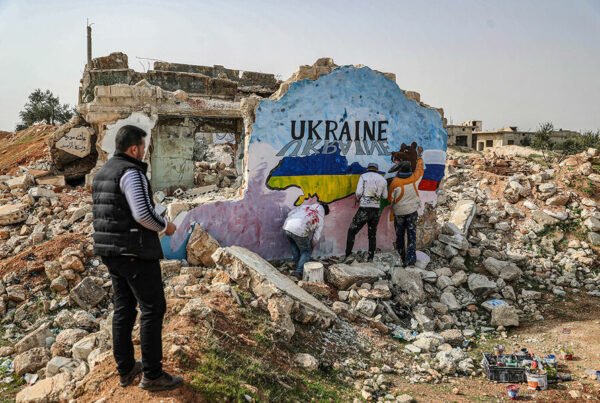After the uprising of the Arab Spring starting from Tunisia, Syrians came out in March 2011, demanding their freedom, democracy, the change of Assad’s regime and the removal of Bashar Al-Assad as a president. Instead, the protests that broke out in many Syrian cities turned into a war for over ten years, leaving millions of Syrians as refugees, economic crises, and an entirely destroyed country.
However, the events in the past ten years are a repetition of the Hafiz Al-Assad Massacre on Hama in 1982, known as the worst massacre in its modern history, before the outbreak of the Syrian revolution. Using all weapons, both presidents of different era surrounded the Syrian cities and bombed them by air and land. The endless arrests, kidnapping, rape, torture, starvation and executions continue from 1982 till today 2021.
According to the United Nations Report (March 2021), more than 5.5 million refugees are registered in countries neighbouring Syria or other countries in the Middle East and North Africa. Turkey is the country hosting the largest number of Syrian refugees, with more than 3.6 million. 1.8 million Syrians live in camps, informal settlements with no electricity, low access to clean water, and 12.4 million Syrians suffer from food insecurity.
26 May 2021, the Syrian presidential elections ended with president Bashar Al-Assad winning a fourth term with 95.1 votes. Elections were held in some Syrian embassies abroad and government-controlled areas.
The Syrian opposition described the elections as a “farce”, while the United States and European countries said that the elections were “neither free nor fair”. Large protests were held against the elections in the opposition-controlled province of Idlib as Syrian refugees, displaced people and Syrians under arrest with no criminal charges could not vote or have rejected the polls as illegitimate. TRT World has mentioned, “Only five to six million people in regime-controlled areas will be able to participate”. During the elections, footage from inside government-held areas went viral on social media, proving individuals voting more than once.
So, where does Syria stand today?
Refugees in Syria will not return to Syria before the end of Assad’s regime. They are all named down under charges for participating in the Syrian revolution and will be arrested. On the other hand, Denmark has lately announced that Syria is now safe for refugees to return and has started to return Syrians to Syria. But Syria is under a deep financial crisis that has resulted in severe erosion of the country’s middle class. Ninety per cent of the country’s population is currently living below the poverty line. Bashar Al-Assad deliberately burned the country to secure his survival and stay at the helm of power, leaving the lives of Syrian youths at risk in terms of the economy, education, and politics.

